Other Parts Discussed in Thread: , TUSB1104, TUSB1004, TMUXHS4612
Tool/software:
Dear Sir/Madam,
We are using TUSB1002 Linear Re-driver part for our USB3.2 Gen2x2 FMC Card. We have our own USB3.2 IP Core.
Right now, board is under testing.
Before playing re-driver setting, I would like to have detail understanding of below terms with respect to waveform effect.
How can we repair Tx and Rx side signals with these parameter settings?
1. VOD
2. Equalizer Gain
3. DC Gain
I have tried to find similar articles and app notes available on TI but now found useful information.
Please guide us at the earliest.


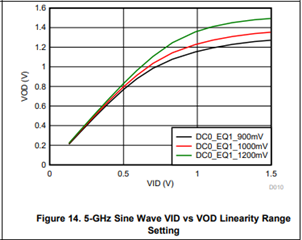
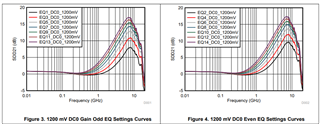
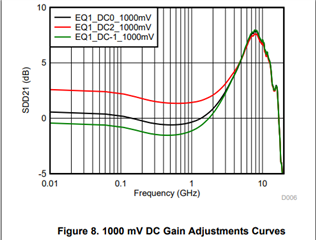
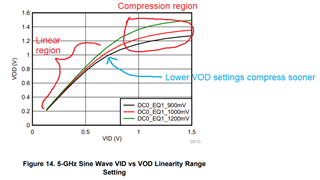
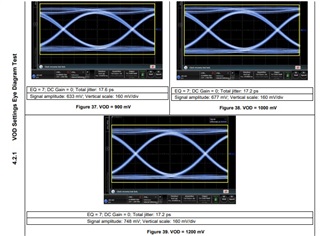


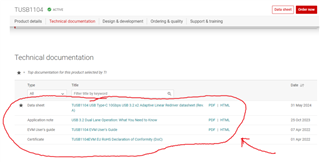
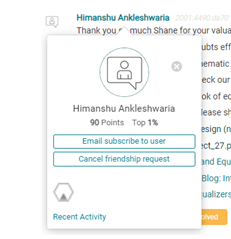
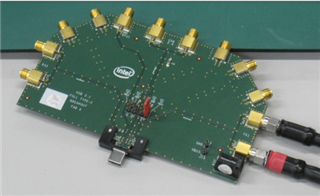


 Dear Shane,
Dear Shane,